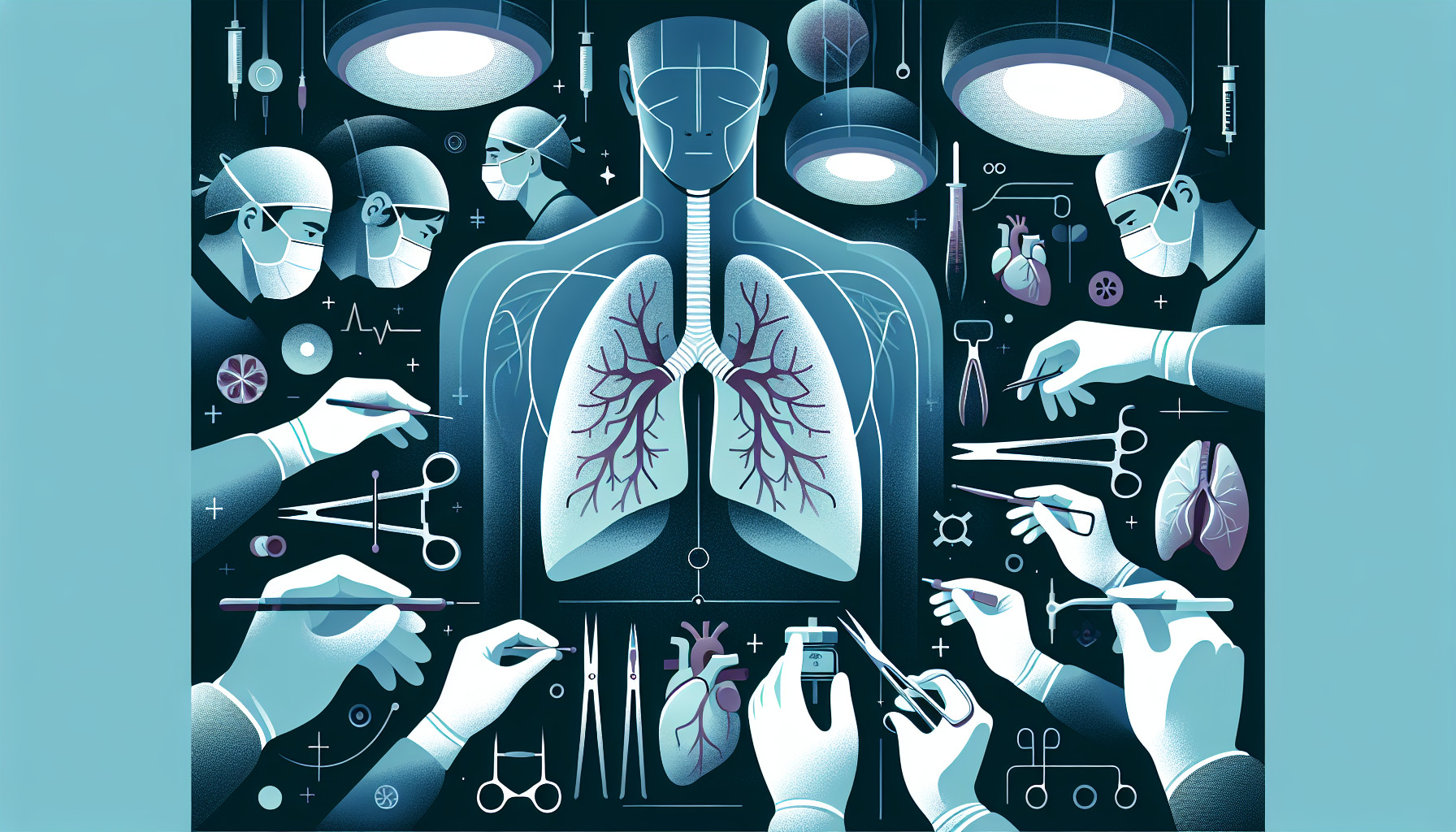Our Summary
This study looked at the rate and causes of infections in people who received liver or lung transplants in Italy over a one-year period. They found that infections were a common problem, with nearly 32% of liver transplant patients and 48% of lung transplant patients getting an infection, mostly within the first month after their surgery. The most common infections were caused by bacteria that are resistant to multiple drugs. These infections were associated with higher death rates, especially in liver transplant patients. Given these findings, the researchers suggest that more effort should be made to monitor and control these drug-resistant infections in transplant patients. They also note that their study has helped to raise awareness about the threat of antibiotic resistance in Italy.
FAQs
- What was the rate of infections in lung and liver transplant patients in the study conducted in Italy?
- What were the most common types of infections found in the transplant patients?
- Did the study suggest any measures to control the drug-resistant infections in transplant patients?
Doctor’s Tip
A doctor might advise a lung transplant patient to be diligent about infection prevention measures, such as washing hands frequently, avoiding close contact with sick individuals, and following proper wound care protocols. They may also recommend getting vaccinated against infections such as the flu and pneumonia, as well as regularly attending follow-up appointments to monitor for any signs of infection. Additionally, it is important for patients to take all prescribed medications as directed and to promptly report any symptoms of infection to their healthcare provider.
Suitable For
Patients who are typically recommended for lung transplant are those with end-stage lung disease, such as chronic obstructive pulmonary disease (COPD), cystic fibrosis, idiopathic pulmonary fibrosis, and pulmonary hypertension. These patients usually have severe symptoms and impaired lung function that significantly impacts their quality of life and ability to function. Lung transplant may be considered when other treatments have been unsuccessful in improving their condition. Additionally, patients must meet certain criteria, such as being in good overall health aside from their lung condition, having a strong support system, and being willing to commit to the intense post-transplant care and lifestyle changes required.
Timeline
Before lung transplant:
- Patient is diagnosed with end-stage lung disease and referred to a transplant center.
- Patient undergoes extensive evaluation to determine eligibility for transplant, including medical tests, psychological evaluation, and discussions with transplant team.
- Patient is placed on the transplant waiting list and waits for a suitable donor organ to become available.
- Patient may experience worsening symptoms and deteriorating health while waiting for a transplant.
After lung transplant:
- Patient undergoes lung transplant surgery, which typically takes several hours to complete.
- Patient is closely monitored in the intensive care unit (ICU) immediately after surgery for any complications.
- Patient begins the recovery process, which includes physical therapy, medication management, and frequent medical check-ups.
- Patient may experience complications such as infection, rejection of the transplanted organ, or side effects from immunosuppressive medications.
- Patient undergoes regular follow-up appointments and tests to monitor the function of the transplanted lung and overall health.
- Patient must adhere to a strict medication regimen, including immunosuppressants to prevent rejection of the transplanted lung.
- Patient gradually resumes normal activities and experiences improvements in lung function and quality of life.
What to Ask Your Doctor
- What is the success rate of lung transplants at your facility?
- What are the potential risks and complications associated with a lung transplant?
- How long is the recovery process after a lung transplant?
- How will I be monitored for infections post-transplant?
- What steps can I take to reduce my risk of infections after the transplant?
- What is the protocol for managing infections if they occur?
- How will my medications affect my risk of infections?
- How often will I need to follow up with you after the transplant?
- What signs and symptoms of infection should I be aware of?
- Are there any lifestyle changes I should make to improve my immune system and reduce my risk of infections?
Reference
Authors: Gagliotti C, Morsillo F, Moro ML, Masiero L, Procaccio F, Vespasiano F, Pantosti A, Monaco M, Errico G, Ricci A, Grossi P, Nanni Costa A; SInT Collaborative Study Group. Journal: Eur J Clin Microbiol Infect Dis. 2018 Mar;37(3):399-407. doi: 10.1007/s10096-018-3183-0. Epub 2018 Jan 29. PMID: 29380226
